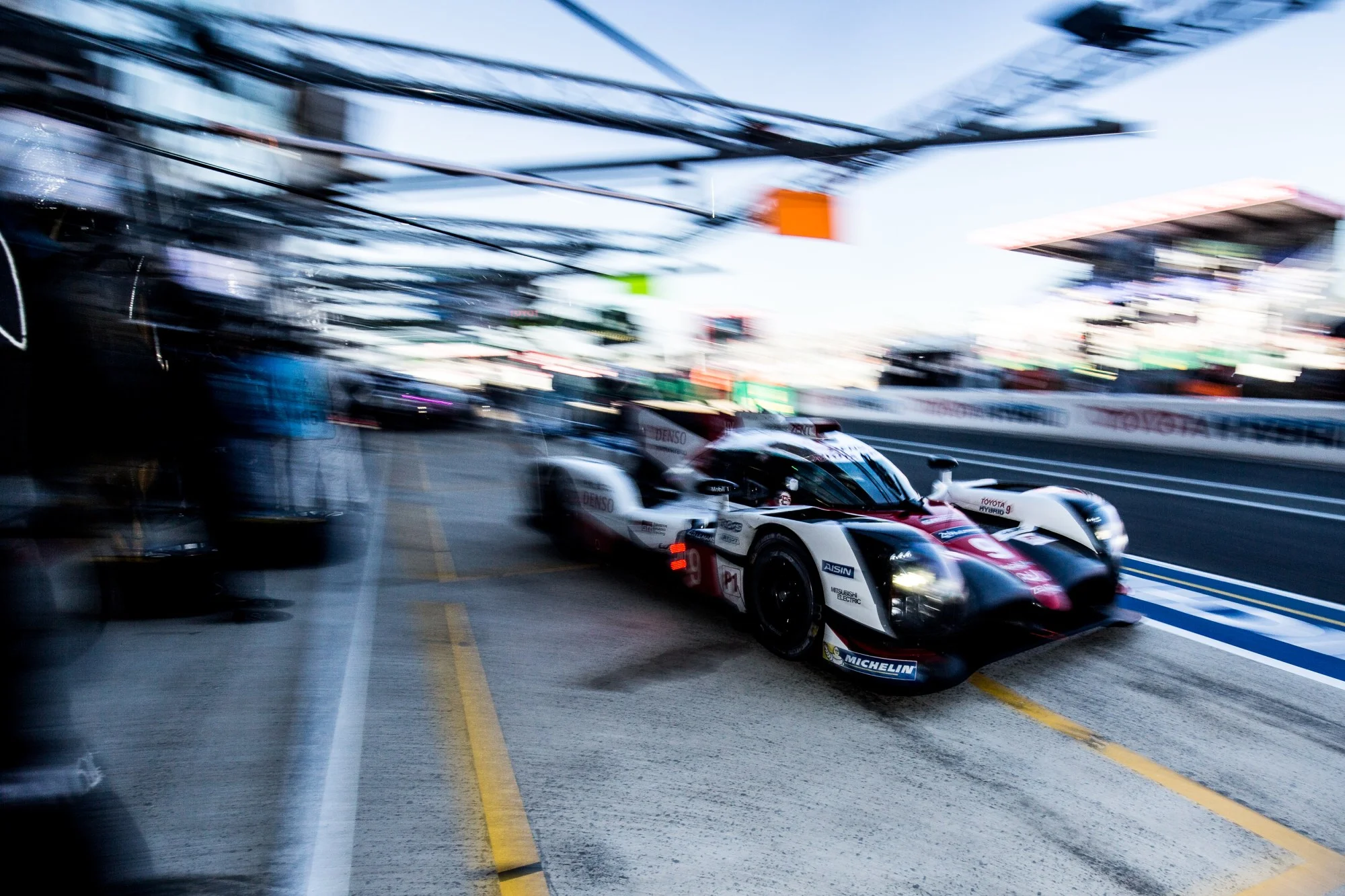Changes to LMP1 Regulations Approved by FIA World Motorsport Council
Several regulation changes for the FIA WEC Super Season and the ‘redefined’ LMP1 class were confirmed last night.
The FIA World Endurance Championship has suffered a few blows recently, particularly to its top class. From Porsche’s departure after promising to stay in the championship until the end of 2018, to Peugeot re-affirming its support for its rally programme over the WEC, LMP1 looked to be on its last legs just a few months ago. However, thanks to the brand new ‘Super Season’ which will run through until mid 2019 and comprise of two Le Mans 24 Hours events, as well as the re-introduction of non-hybrid LMP1 chassis and teams, the championship appears to be recovering. Last night, more details were released about the new-look LMP1 category, following their approval from the FIA World Motorsport Council.
Unsurprisingly, the LMP1 category will no longer be a manufacturer’s championship. Points will now be awarded on a team basis and only the highest finishing car in a team will be awarded points towards the championship. And sticking with the subject of points, their distribution has been adjusted moving forward. For the standard 6-hour race, points allocation will remain unchanged - 25, 18, 15, 12, 10, 8, 6, 4, 2, 1 and 0.5 for any finishers below 10th place. Previously, for the 24 Hours of Le Mans, double points were awarded and this has been the subject of some contention - a bad finish at Le Mans had the power to destroy championship hopes. This has been addressed in the new regulations, Le Mans scores 50% more points, while the new addition of the 1500 miles of Sebring awards 25% extra.
“The format of the 2018-2019 Super Season and the new system of allocating points depending on the different races as well as the notion of a single car, the highest placed of two entries entered by the same team, guarantees a hotly-contested championship and close competition between the teams.” Says Pierre Fillion, President of the Automobile Club de l’Ouest. “The structure of this new championship looks promising.”
One of the aims of the new regulations is to entice new and retain existing manufacturers. While the rule that manufacturers running teams must use hybrid engines, it’s now been confirmed that manufacturers may supply engines to privateer teams. And to further encourage more teams into LMP1, it has been confirmed that there will be technological equivalence between normally-aspirated engines and turbos.
Another takeaway from the new rules is that the structure of a pit stop is set to change. Teams will now be allowed to refuel and change tyres at the same time, potentially reducing the amount of time spent in the pits and thus altering the way race strategies are determined.
The current LMP1 regulations will be applied for a minimum of three years, and the first race for the new Super Season lands at Spa-Francorchamps in May 2018.
This article was originally published on Overtake Motorsport.
Shared with permission from the author.
Cover image: WEC/Adrenal Media






